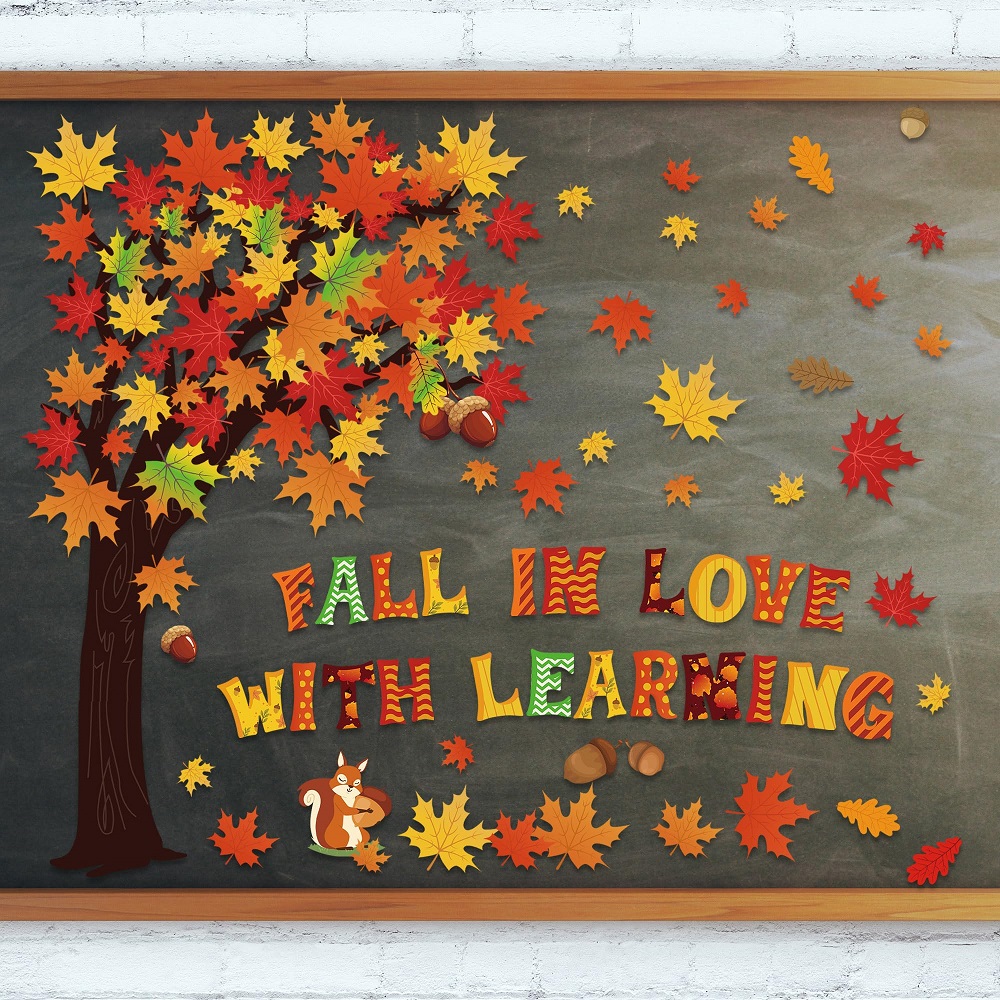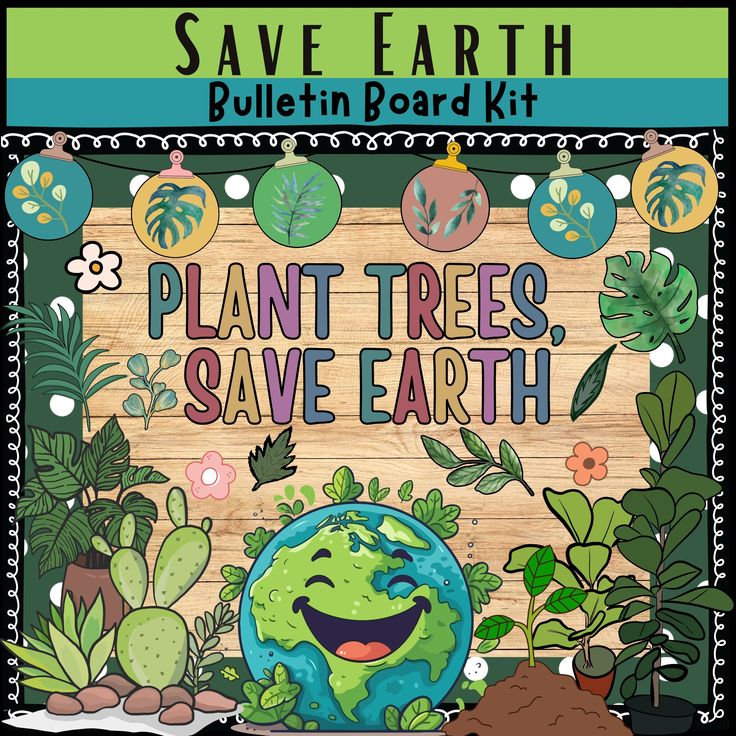Introduction
Interactive bulletin boards have emerged as a fundamental tool in modern classrooms, transcending beyond mere display boards. They offer dynamic avenues for engagement, encouraging students to participate actively and enhancing the learning experience. Leveraging these boards effectively can transform a traditional classroom environment into an interactive, thought-stimulating space that facilitates both educational and social growth.
The Importance of Interactive Bulletin Boards in Education
Engaging Students in Active Learning
Interactive bulletin boards serve as catalysts for active learning. They invite students to participate, ponder, and contribute, thus moving beyond passive reception of information. By integrating interactive elements, these bulletin boards encourage students to explore concepts deeper. In doing so, they foster a sense of ownership over their learning journey.
For instance, a science board could allow students to add pictures and notes about their experiments, encouraging collaborative learning. By involving students in the creation and maintenance of these boards, educators can promote critical thinking, teamwork, and creativity. This interactive approach also makes learning more memorable and meaningful, creating an environment where students engage directly with the content rather than just observing it.

Fostering Collaborative and Social Skills
Interactive bulletin boards ideas are not merely educational tools but also instruments for social development. Through collaborative tasks, such as contributing artifacts or information to the board, students learn the value of teamwork and communication. They develop interpersonal skills as they work together, negotiate ideas, and support each other in displaying their work or sharing knowledge.
Such boards can house class projects that encourage group participation or feature weekly themes that require input from everyone. By engaging in these shared activities, students build a sense of community and collective responsibility. The social interaction and peer learning fostered by interactive bulletin boards help create a harmonious classroom culture that values diversity and collective effort over individual competition.
Designing Effective Interactive Bulletin Boards
Choosing Relevant Educational Themes
The effectiveness of a bulletin board largely hinges on its theme or focus area. Selecting a theme that aligns with the curriculum can enhance its educational value. For instance, a math board could focus on “Real-World Math Applications,” encouraging students to find and pin examples of math concepts in their everyday lives.
Other compelling themes might include “Historical Timelines,” where students contribute events to a growing timeline, or “Literary Exploration,” where students can add favorite book quotes or character analyses. The goal is to align the board with classroom content, allowing it to seamlessly integrate into daily learning activities. This strategic alignment ensures that students see the board not as a decorative piece but as an extension of their educational journey.
Incorporating Interactive Elements and Technology
To maximize engagement, incorporate interactive information bulletin board ideas into your designs. This can include movable parts like Velcro-attached pieces, rotating flaps with additional information, or pockets with changeable content cards. The tactile experience of adding, removing, or rearranging items enhances student interaction and curiosity.
Incorporate technology by integrating QR codes linked to online resources or having sections with accompanying digital content on class tablets. This combination of physical and digital interaction caters to various learning styles and exposes students to multi-modal information processing. By embracing technology, educators can expand the board’s utility, connecting it to broader resources and keeping content dynamic and relevant.

Creative Interactive Bulletin Board Ideas
Thematic Exploration Boards
Thematic exploration boards offer a focused avenue for students to delve into specific subjects or topics. For example, a “World Cultures” board could allow students to contribute artifacts, facts, or pictures from different cultures they study. This promotes cross-cultural awareness and respect, broadening students’ global perspectives.
Another example is an “Ecosystem Research” board, where students can track different biomes, add animal or plant cutouts, and connect strings to illustrate food webs. These theme boards not only consolidate subject matter but also allow for creative expression. Students learn by doing, seeing their contributions help shape the board and, consequently, the learning process. By involving students in both individual and collective tasks, thematic boards encourage exploration and discovery, making them a valuable educational tool.
Interactive Subject Spotlights
Subject spotlights allow educators to focus on particular topics, rotating through based on the teaching schedule. For instance, a “Weekly Science Spotlight” could feature different experiments or discoveries, with students adding their findings or hypotheses. It invites students to delve deeper into the week’s topic, fostering a richer, more engaging learning experience.
Similarly, a “Grammar Guru” board could focus on different language rules, encouraging students to add sentences that adhere to or break specific grammar rules, fostering analytical thinking. These boards motivate students to engage actively with the subject matter, reinforcing classroom learning. By offering a revolving showcase of topics, interactive subject spotlights keep the content fresh, relevant, and stimulating throughout the academic year.
Student-Centered Activity Boards
Creating a student-centered activity board can transform the bulletin board into a hub of class interaction. Opt for designs that allow students to participate actively, such as “Question of the Week” where students post answers or “I Wonder” boards encouraging curiosity-driven inquiries. This participatory approach fosters a continuous learning cycle beyond conventional lessons.
In “Classroom Goals” boards, students can write individual or collective goals and track progress, cultivating a mindset focused on growth and achievement. Activity boards can also highlight student work, featuring art projects, creative writing, or science discoveries, boosting students’ confidence and sense of achievement. By centering the board around student contributions and experiences, these designs ensure that learning remains engaging and personalized, anchoring the classroom community.

Tips for Maintaining Dynamic Information Bulletin Boards
Regular Updates and Student Involvement
Keeping an interactive bulletin board dynamic requires regular updates and active student involvement. Start by establishing a routine for refreshing content—this could be weekly or bi-weekly—ensuring the board remains a relevant and evolving classroom fixture. Discuss and decide as a class which themes or topics need refreshing, thus encouraging students to take ownership of the board.
Involve students in every aspect, from deciding themes to organizing content. Assign rotating “bulletin board managers” roles, giving students the responsibility to manage updates. This approach develops organizational and leadership skills while maintaining the board’s dynamism. By making updates a collaborative effort, you foster a learning environment where students feel their contributions matter, further incentivizing engagement.
Leveraging Technology and Resources
Technology can play a pivotal role in keeping bulletin boards vibrant and engaging. Utilize tablets or laptops to create digital content that complements the board’s physical components. QR codes scattered across the board can guide students to supplementary online resources, videos, or interactive quizzes, enriching their understanding of the topics featured.
Moreover, integrating various multimedia sources keeps the content fresh and diverse. From video interviews to relevant news articles and infographics, these resources offer students a multi-dimensional understanding of concepts. By embracing both physical and digital elements, educators ensure the board remains a dynamic and appealing educational tool, mirroring the integration of technology they encounter outside the classroom.
Encouraging Feedback and Contributions
Establish a feedback loop where students can suggest ideas or express what they find engaging. This ensures the bulletin board remains responsive to the class’s needs and preferences. Encourage contributions in various forms—from creative writing and artwork to digital submissions—catering to the diverse talents within your classroom.
Feedback mechanisms, such as suggestion boxes or digital surveys, invite student input, fostering an inclusive environment where everyone feels valued. Open discussions about upcoming themes or content shifts promote buy-in and excitement. By anchoring the board content in students’ interests and strengths, educators create a more engaging and relevant learning tool that resonates with every member of the classroom.
Conclusion: Elevate Classroom Learning with Interactive Bulletin Boards
Interactive information bulletin boards are powerful tools for enhancing classroom learning. By thoughtfully integrating these boards into your teaching strategy, you can create a dynamic and engaging environment that promotes active participation, creativity, and peer collaboration. From question and answer boards to interactive maps and vocabulary trees, the possibilities are vast and adaptable to any subject or grade level.